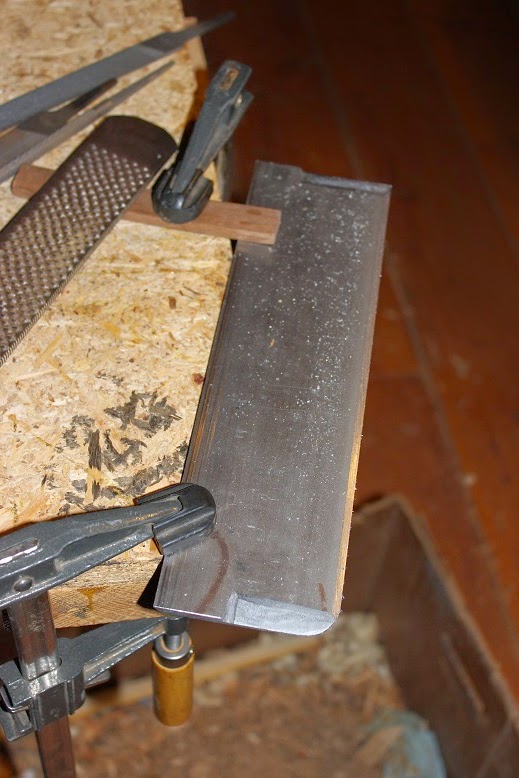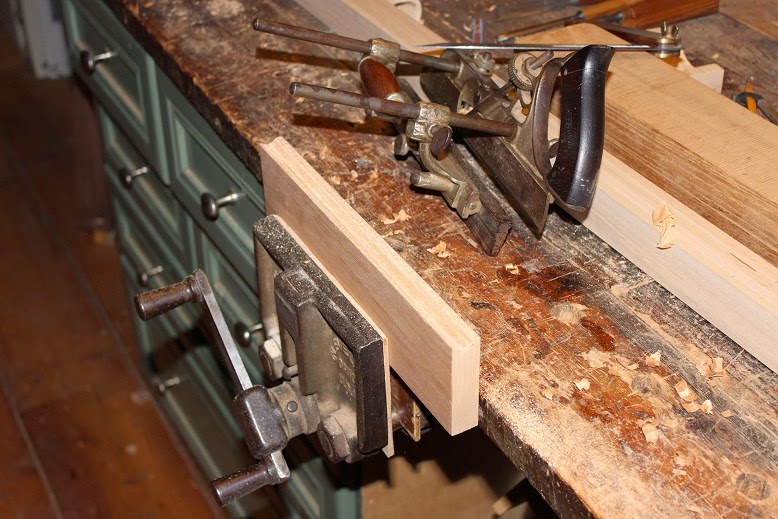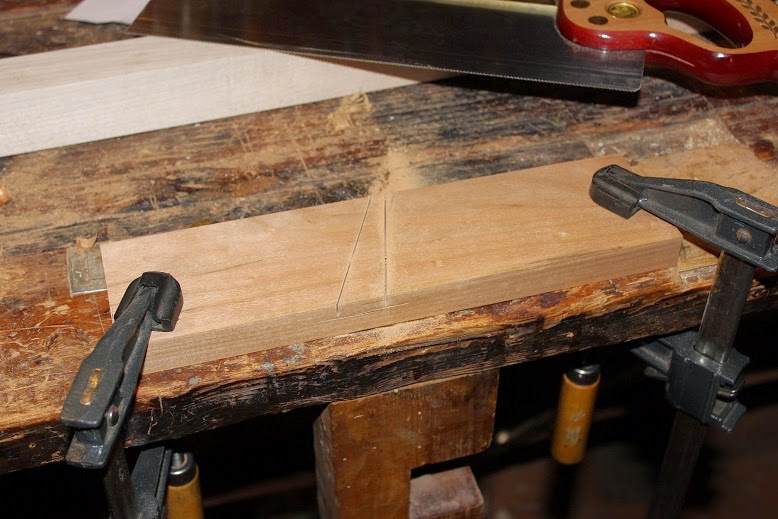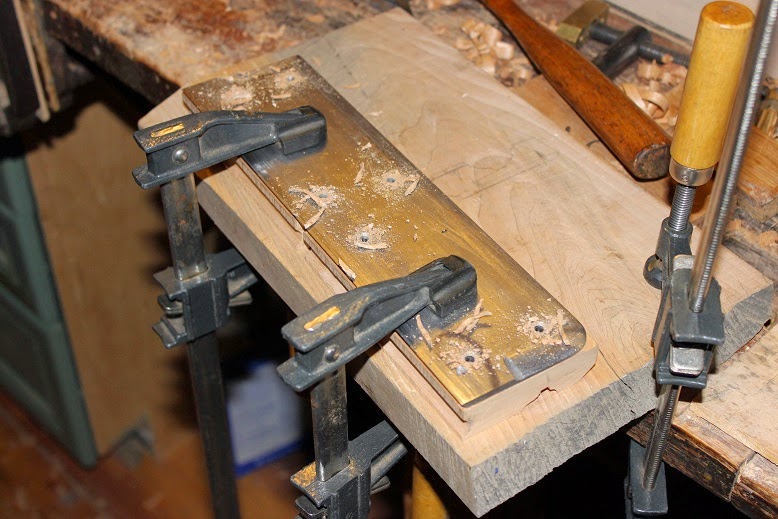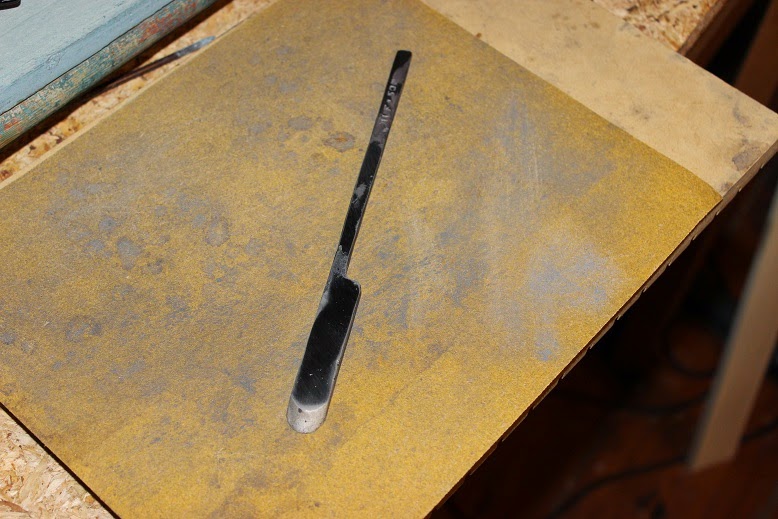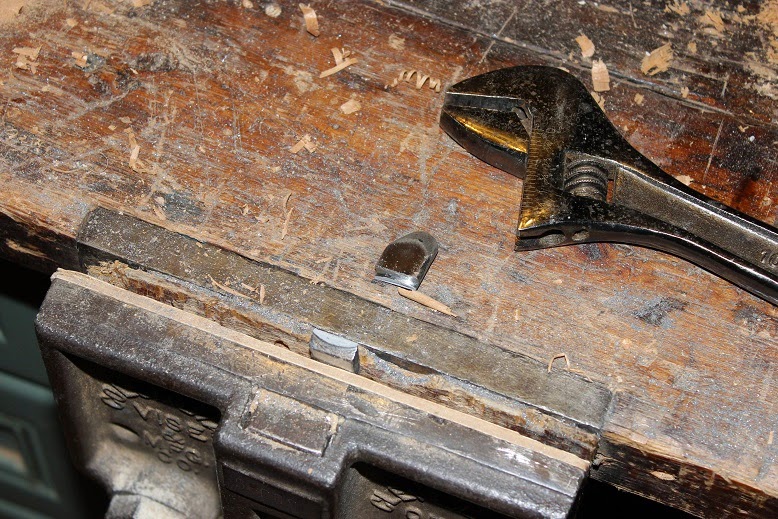 |
| What are they eating? WLB Cod.bibl.fol.23 Stuttgart Psalter fol 146v |
Just as I mentioned in my last medieval topic posting, however, there were also the factors of skill and personal style involved in the artwork of illuminations. To make a modern analogy of this point let us ask, "are the artists of Peanuts less skilled than those who created Robin Hood' (one of my favourite animations) 'for Disney?" I do not know, nor will I try to make such a judgement, but anyone can plainly see there is a marked difference in the style of the two; the Peanuts creators chose a much more loose and minimalistic approach to their work, significantly more detail is left to the imagination of the viewer, yet we are still able to grasp what is not represented by the fact that there are enough suggestions in the strips to give us references to the things we know. Although, representationally, Robin Hood may seem more "realistic" with its more careful renderings, it is in fact, less so because all the characters are portrayed as animals. We have no problem 'translating' them in our minds as we see them, and hardly notice that they are not even human as we watch the story unfold.
Since these cartoons were created in our lifetime, we have no problem understanding what they represent, but what would someone a thousand years from now get out of the cartoons we have? Would they think people were yellow? Our cars were boxes with wheels? Modern reenactors can, and often do, make the same sort of mistakes with medieval illustrations, by interpreting whatever is depicted in them at face value. There are likely things we understand to show one thing, whilst the original creator had something entirely different in mind, and there might be no way of us learning our error. The easiest way to make such mistakes is to look at the pictures through our modern eyes.Take the illustration above; I would not be a bit surprised if I found this picture on some blog declaring that "potato crisps were consumed in the Middle Ages" because, to our modern eyes, that is exactly what it looks like they are doing.
When it comes to objects, we can often get tripped up by a simple misunderstanding of the way the original artist drew them. We have grown up with cameras, which (usually) capture things as they appear, and we have also benefited from the fact that the art of perspective drawing was perfected more than 500 years ago, therefore, we are accustomed to seeing things in a more realistically portrayed manner.
I taught perspective design at an architectural design school in Korea right after college. The comprehension of the concept of perspective drawing came rather naturally to me, but I have also learned to recognise the problems created by those who have a harder time understanding it. One of the simplest ways a novice gets tripped up, for instance, is in drawing buildings with four square walls and a 'hip' (triangular in elevation) roof. This very problem is present in the above illustration where a hand offers some sort of building (reading the text which accompanies this psalm might help a bit to know what it represents) from the sky. This building just does not look right because it seems to have one end sawn off.
Here is another building from a different manuscript used to show how this sort of problem occurs. I actually got into a fight in middle school, with another kid in my class, because I was drawing houses in perspective and he thought they should be drawn like this. The problem comes from the fact that the artist is trying to combine two separate views into one. Basically, he is trying to incorporate a front and side elevation into one homogeneous image; he knows that the side wall is straight (green rectangle) and the roof is in line with it; he also knows that, seen from the end, the roof portion is triangular in shape (Orange). My classmate actually thought that a house drawn in proper perspective looked like the roof was cut off. I mention this because it might help to explain what a medieval artist could have been thinking as he worked.
The simple squared off building is only the beginning of the 'mistakes' one will encounter in many medieval illustrations. (It is also worth noting, that in all periods, some artists managed to get it closer to right than others.) Another common problem one encounters, is an attempt to depict too many sides of an object, Some pictures of buildings and furniture try to show three sides at once, which is quite impossible. I have even seen instances where all four sides have been attempted, leaving the uninitiated with the impression that the object must have had a polygonal form.
Another problem that often crops up is getting all the parts to fit properly. Medieval artists did not have the advantage we have of a pencil rubber, therefore what they drew the first time was pretty much what they were stuck with. In the above illustration, we see a chair which appears to have a diagonal corner at the back. This comes from the fact that the artist wanted to have enough room on the seat to allow for the cushion, he also did not want to have the post at the back too close, or even overlapping, the column, which is what would have happened had he brought the back and side lines together. The solution, in his mind, was simple; just connect the two with a third line. As I said, he was not trying to show us what such a chair looked like, the original audience it was intended for, 1200 years ago, already knew.
I already mentioned the attempts to depict too many sides of one object, but here is an example; Eve lies in her bed and has just given birth to her second son. Here the artist is completely uninterested in a "the way it would have been" sort of scenario, he is just trying, with a minimal amount of effort, to depict the notion of Adam and Eve and the birth of their first two children. Whilst this drawing might seem "crude", on first glance, if one looks more carefully, he will be able to notice the efficient use of steady lines; the careful control of the pen gives weight and volume to the fabric and clothing of the figures, The equal of any modern cartoon artist; with the careful and deliberate execution of the most economical tick of his pen, this artist renders life and character to the faces of these figures, Though the perspective is all out of sorts, this is no slouch artist scratching around trying to get a picture together; this was simply his taste and style, as influenced by the other art he was exposed to, in his time and place in history.
The simple squared off building is only the beginning of the 'mistakes' one will encounter in many medieval illustrations. (It is also worth noting, that in all periods, some artists managed to get it closer to right than others.) Another common problem one encounters, is an attempt to depict too many sides of an object, Some pictures of buildings and furniture try to show three sides at once, which is quite impossible. I have even seen instances where all four sides have been attempted, leaving the uninitiated with the impression that the object must have had a polygonal form.
.jpg) |
| BNF Lat 8850 (Gospels of St. Medard de Soissons) c800 St Mathew composing his Gospel |
Another problem that often crops up is getting all the parts to fit properly. Medieval artists did not have the advantage we have of a pencil rubber, therefore what they drew the first time was pretty much what they were stuck with. In the above illustration, we see a chair which appears to have a diagonal corner at the back. This comes from the fact that the artist wanted to have enough room on the seat to allow for the cushion, he also did not want to have the post at the back too close, or even overlapping, the column, which is what would have happened had he brought the back and side lines together. The solution, in his mind, was simple; just connect the two with a third line. As I said, he was not trying to show us what such a chair looked like, the original audience it was intended for, 1200 years ago, already knew.
 |
| Bodelaian MS Janius 11 the Birth of Cain and Abel from the Caedmon manuscript c1000 AD |
To the modern person, looking for clues to medieval furniture, there is not much to go on here, the "bed" is simply a box; other illustrations from the time show us that beds looked like beds, with posts and so forth, so the artist was simply showing an object to represent any bed, not drawing a bed for us to reconstruct. (This is not meant in any way, however, to imply that there could not have been box beds; there certainly are existing examples from the 15th century.) One thing that is interesting, however, is the way he indicated framed panels for his box. In a world where the furniture was supposedly hacked out of logs, even this overly simplified drawing show more than that.
As topsy turvy as this illustration seems, it is less difficult to decipher than the chair in the next illustration.
 |
| Pope Gregory the Great St. Gallen, Stiftsbibliothek, Cod. Sang. 376, Zt. 319 11th century |
In this painting, it seems that the artist wanted to make a full frontal image of the chair in order to maximise the grandeur of the sitter. This was a formal pose used for important people going back even earlier than the Roman period, where we find ivory panels with emperors depicted on thrones in this formula. In this case, however, the artist also wanted to show a little of the way the chair was constructed, so he added the back legs inside of the front legs; this allowed him to show the horizontal stretchers connecting the front and back. Of course this is an impossibility, as the back legs would be directly in line with the posts supporting the drapery behind the sitter. If true perspective were used, the back would seem narrower than the front, which would not suit the purpose of the artist who's primary goal was to portray the expanse of drapery behind the pope. He actually has a bit of 'reverse perspective' going on with the seat, which is trapezoidal in depiction. As was already mentioned, using proper perspective would have made the back narrower than the front, which the artist did not want to do, though he knew from observation, that a trapezoid is the shape that a flat rectangular surface takes on when one is looking at it from a natural view point.
One certainly could not use this drawing to construct an actual chair, but it does give us some clues as to what such a chair might have looked like in the 11th century. What we can learn from this image, is that at least some chairs had a form familiar to us; with a tall back set between two post, a seat, and stretchers connecting the front and back legs. We can also observe that this was intended to represent a very ornate seat, not a simple or plain one. What it does not show us, is the form the legs have; are they round or square? Since the parts are all drawn two dimensionally it is not possible to know that answer. In Part Two of this article, I will show how, using this drawing and other types of medieval art, we can begin to piece together a possible idea of the type of chair the artist had in mind when he produced this fascinating work nearly a thousand years ago.
Videre Scire







.jpg)














